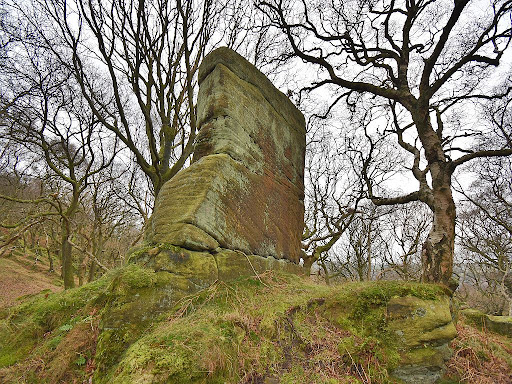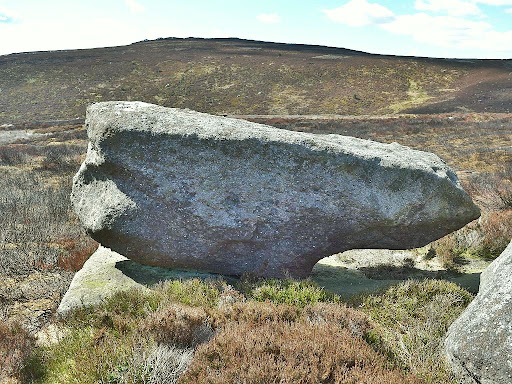These old Christmas cards by the Swedish artist Jenny Nyström feature the Tomten and Julbocken (Yule Goat) of Nordic folklore. The little chaps are likely the origins of the Hobs and Brownies in Britain - so kindrid spirits of sorts.
The Swedish scholar, Viktor Rydberg wrote a poem called
'Tomten' in 1881. Here it is recited in Swedish with English
subtitles ...
As guardians of the home (Hus-tomten) perhaps we should raise a glass to these
wee fellas, that they may never be forgot.
Image credits Jenny Nyström
http://jennynystromsbilder.kalmarlansmuseum.se/












